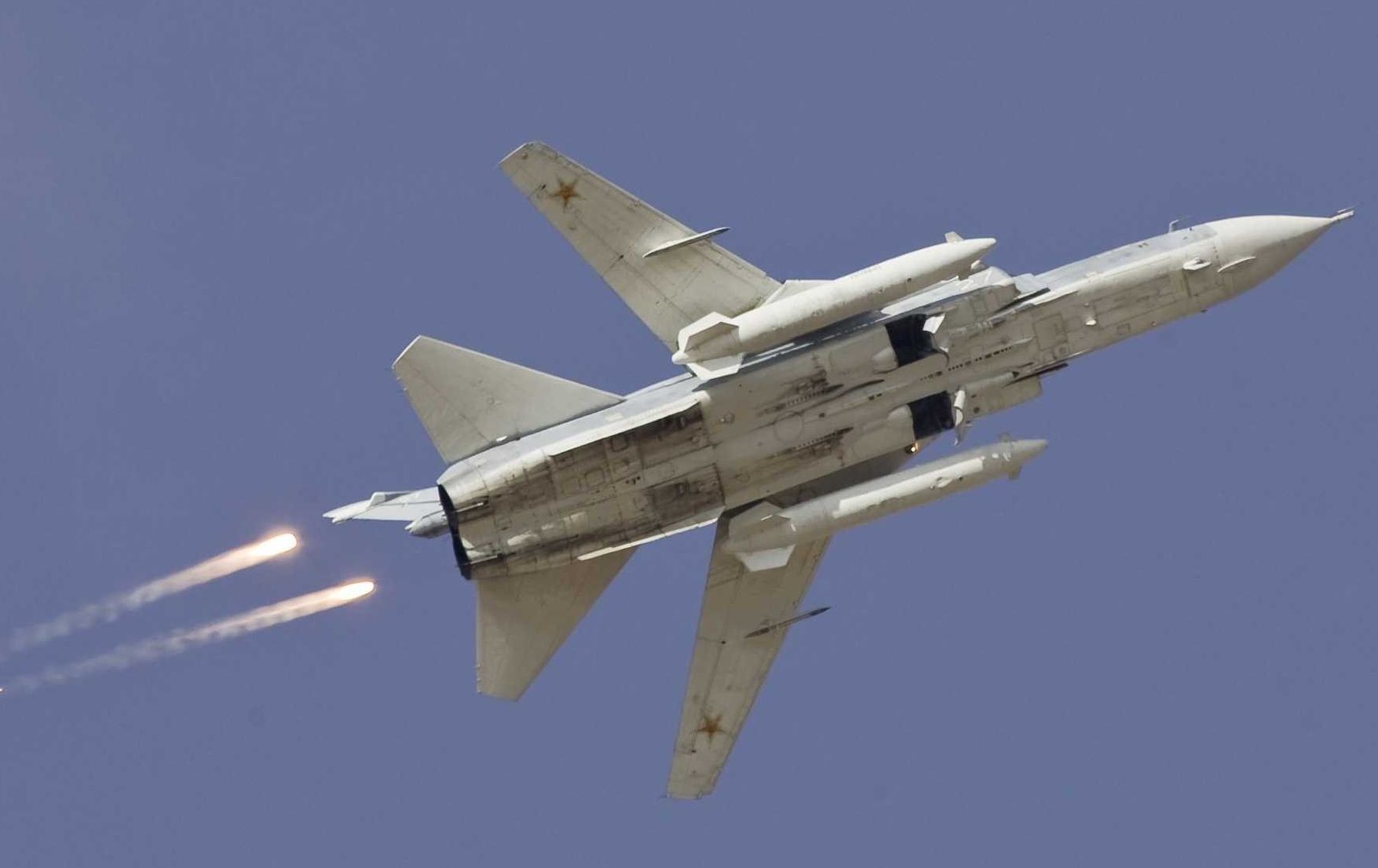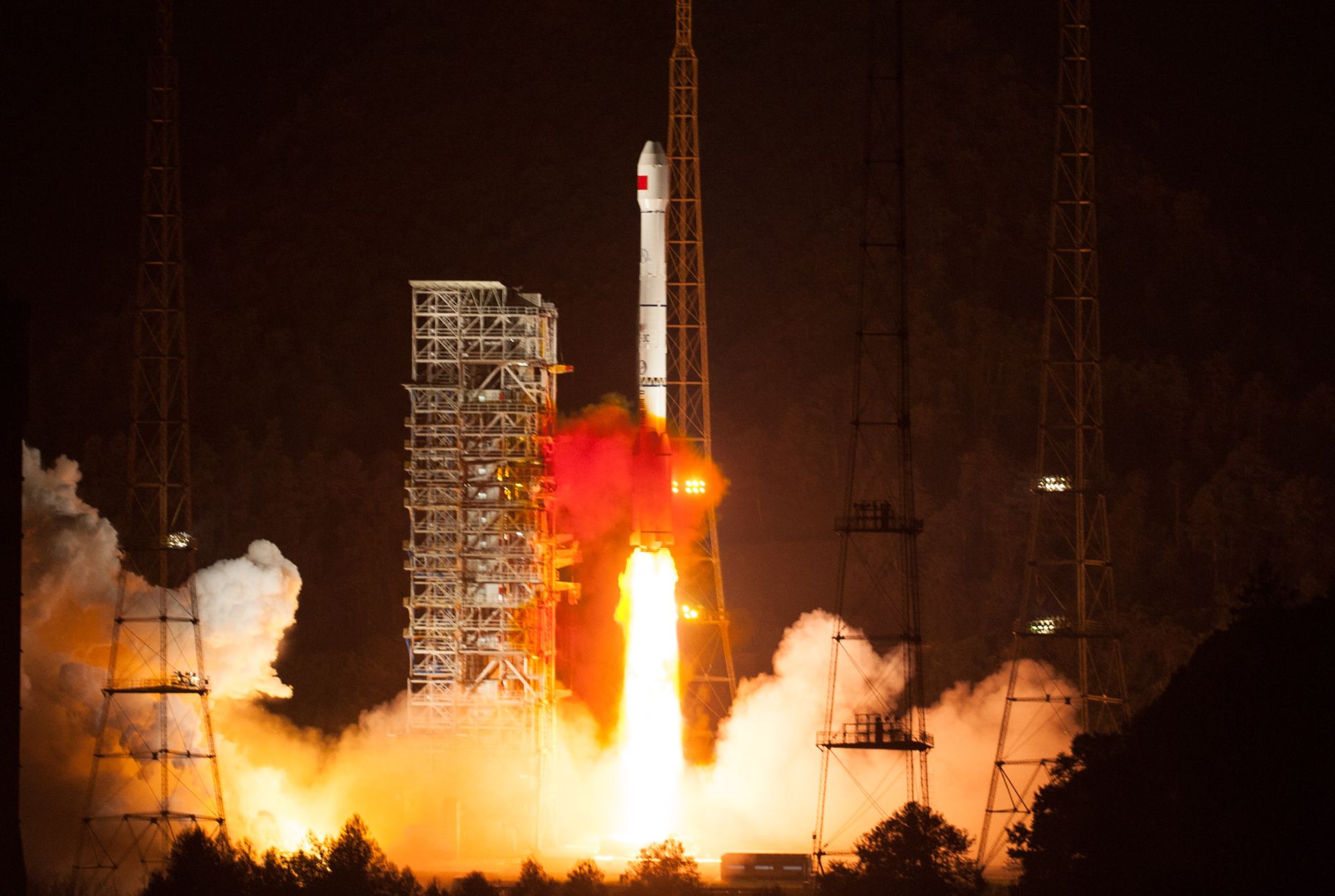Industry and the military are going to make complete life-cycle support contracts for Sukhoi Su-34 (NATO reporting name: Fullback) tactical bombers by year-end, Russian Aerospace Force (RusAF) Commander-in-Chief Victor Bondarev said during his visit to Sukhoi’s Novosibirsk Aircraft Plant.
“We are going to switch to the complete life-cycle support as far as the Su-34 is concerned. We have discussed this at the plant today. We will start late this year as soon as the contracts have been signed,” Bondarev said.
According to him, this will facilitate reliability and operability that should stand at 90-95% at the least. The new maintenance format also will allow avoiding components stored for too long or lack of spares. “Now, the plant will be able within two to three hours to determine what part is needed and where it can be obtained,” the general stressed.
The principal Su-34 maintenance center will be on the premises of the Novosibirsk Aircraft Plant manufacturing the Su-34, while the representative offices will be in all RusAF units operating the type.
Novosibirsk Aircraft Plant Director Sergei Smirnov said the military and industry have made good progress in the provision of the Su-34’s aftersales support. “We are running the full-scale production now and are going to improve certain aspects of it. The discussion of the complete life-cycle support is under way. It is a new line of work that we are mulling over together with the RusAF,” Smirnov said.
Previously, the Defense Ministry said the Su-34 would become a pilot project as far as complete life-cycle support is concerned. This implies that the companies will support and maintain the aircraft and weaponry from design to production to disposal.
According to Bondarev, the Su-34 bomber may replace both the Sukhoi Su-24 (Fencer) tactical bomber and Su-25 (Frogfoot) attack aircraft from the RusAF’s aircraft fleet further down the line. “The plane will replace the Su-24 after the latter’s service life has expired. The Su-34 will be regarded as a fighter-bomber under the program, and we will consider it as an attack aircraft in the future,” Bondarev said while visiting the aircraft plant in Novosibirsk.
The service chief explained that “in the future, it may replace the Su-25 too, and we will have a family of Su-34 versions. This will produce versatility.”
Bondarev noted that the Su-34 proved itself in service with line units, had a heavy payload (8 tons), and its characteristics enabled it to “use an ordinary bomb virtually as accurately as a precision-guided weapons.” In addition, according to the general, the aircraft is very reliable and its key strength is the lack of criticisms on the part of flying crews. “The aircraft has reached the state when it meets the requirements specification issued by the Aerospace Force,” the RusAF commander-in-chief said.
The general also thanked the personnel of the Novosibirsk Aircraft Plant. “We have been receiving the aircraft as planned, and what makes me especially happy is that the plant has been providing us with two aircraft ahead of schedule for two years now. We are getting almost a Su-35 regiment,” Bondarev said.
The Russian Defense Ministry ordered its first Su-34s in 2008. It is expected to take delivery of 150-200 aircraft of the type. The Su-34 carries 8 tons of ordnance and has a speed of 1,900 km/h and a range of 4,000 km. The Russian military has used the Su-34 in its operation in Syria.











